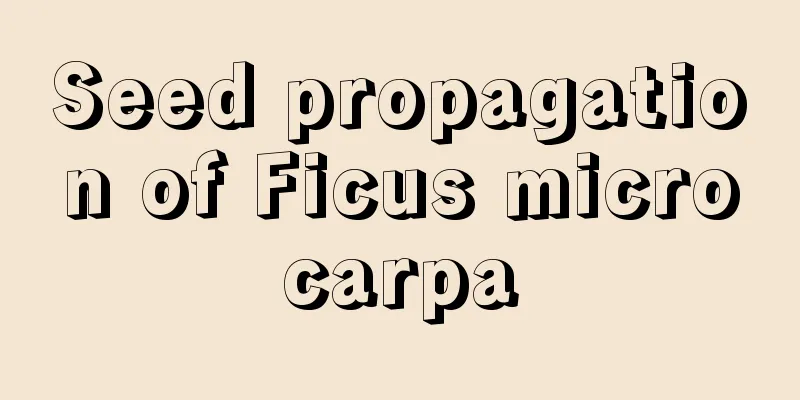Flax cultivation methods and precautions

1. Maintenance methods1. Temperature: The temperature for maintaining it should be above 18 degrees. If it is lower than 18 degrees, the survival rate of plant cuttings will not be high. If the temperature is higher than 25 degrees, the cut of the cuttings will easily become infected and rot, so it is enough to control the maintenance temperature between 18-25 degrees. 2. Watering: It needs sufficient water to grow. You can water it by spraying twice a day to keep the soil moist for a long time. If there is drought, you need to increase the watering frequency. Winter irrigation is needed before winter, which is conducive to the plant's overwintering and regreening. 3. Fertilization: Before sowing, you need to mix base fertilizer into the soil. It is best to use organic fertilizer or low-nitrogen compound fertilizer. Control the amount of fertilization to avoid excessive fertilization, otherwise it will cause the plant to grow too tall, and in severe cases it will lead to no flowering. 4. Light: It is not resistant to strong light, so it needs proper shade. Excessive light will cause the temperature to rise and the water loss of the plant will increase, which is not conducive to the survival of the plant cuttings. After the plant cuttings take root, the light time can be gradually increased. 2. Breeding techniques1. Reproduction: For reproduction, you can use sowing propagation. The sowing time is in spring and autumn. If sowing in spring in the northern region, the survival rate will be higher. When sowing, sprinkle the seeds into the soil mixed with base fertilizer, cover with a thin layer of soil, and water enough. Generally, the seedlings will emerge in a week. 2. Pruning: During the growth process, the flax seedlings need to be pinched, usually when the plant grows to six to ten centimeters. This is done to promote branch growth. The second pinching can be done one month after the first pinching. 3. Problem Diagnosis1. Pests: The plants are more susceptible to flea beetle pests. If found, you can use cypermethrin emulsifiable concentrate for spraying. It should be noted that the agent needs to be diluted before use. 2. Pathology: The plant is easily infected by diseases such as anthracnose. This disease may infect the plant from the emergence to the maturity stage, but it usually occurs in the early growth stage of the plant and mainly harms the young roots and leaves of the plant. If found, it is necessary to use prochloraz emulsifiable concentrate for spraying treatment. IV. Other issues1. Edible: It can be used to extract oil and can also be used as medicine. 2. Other values: It can be used to weave cloth and also to make ecological mulch. |
<<: Cultivation methods and precautions of the small white rabbit bladderwort
>>: Nectarine cultivation methods and precautions
Recommend
Balcony vegetable growing video: pepper
Pepper Planting Video After watching the video, y...
The breeding methods and precautions of Ruyi Queen
1. Soil It is best to use soil rich in humus for ...
Green plants that can be grown in the living room and will not die in winter. Easy to grow indoor green plants that are not afraid of freezing
Winter is coming and the weather is getting colde...
How long does it take for the Nine-tailed Fox to bloom? (When does the Nine-tailed Fox succulent bloom?)
The nine-tailed fox, also known as the soft-haire...
What is the best season to plant pumpkin?
Every family grows some pumpkins, which will cove...
What are the cultivation methods and precautions for potted osmanthus trees?
In addition to the greening trees we see outside,...
What to do if the leaves of Schefflera turn yellow
1. Proper watering Reason: The yellowing of Schef...
How to change the soil in porcelain flower pots and what is the time and method for changing the soil
When to change the soil in porcelain flower pots ...
How to care for and water Anthurium
Anthurium is also known as flamingo, anthurium an...
How to make the Queen Ruyi famous? How to make the Queen Ruyi famous
1. Suitable soil If you want to keep the Queen Ru...
Is Desert Rose Poisonous?
Desert rose is poisonous The whole plant of Deser...
How to cultivate Euonymus
1. Maintenance methods 1. Temperature: It does no...
How to fertilize Anthurium and what fertilizer can make it bloom?
1. How to fertilize Fertilization can be done aro...
How to make azalea bloom more
1. Soil Soil is very important for the growth and...
Cultivation methods and precautions of Clematis
1. Watering The plant Clematis has relatively hig...









